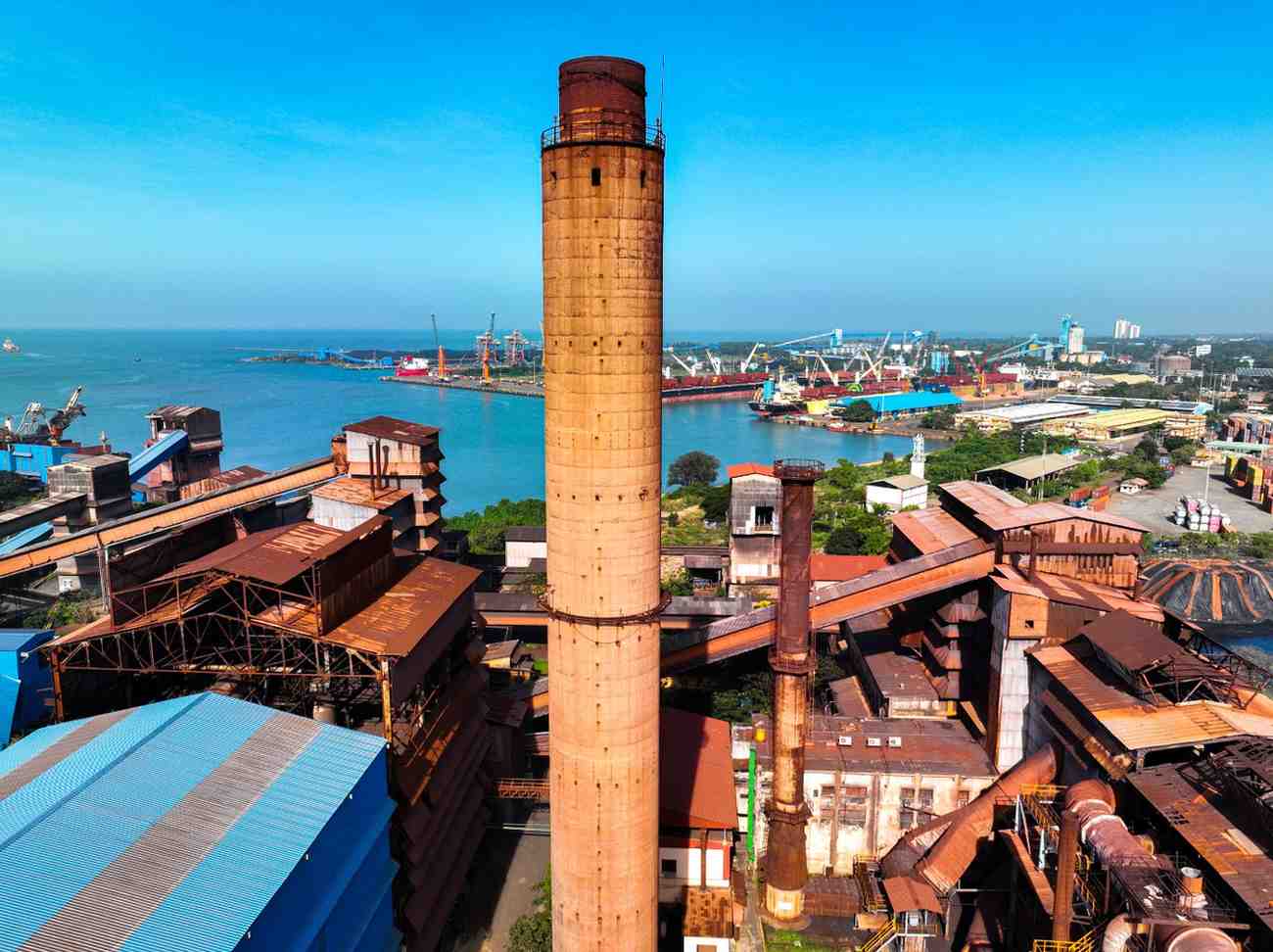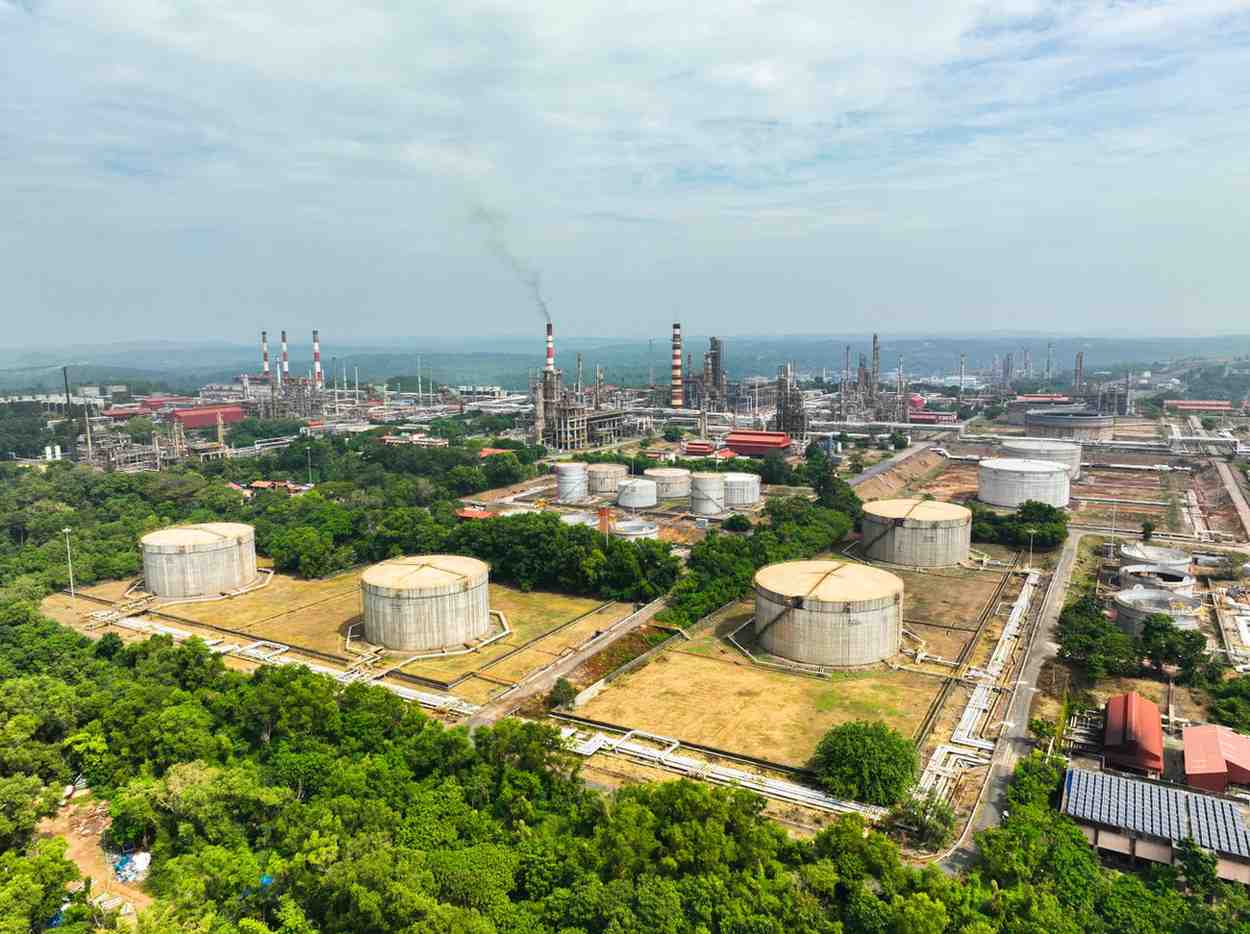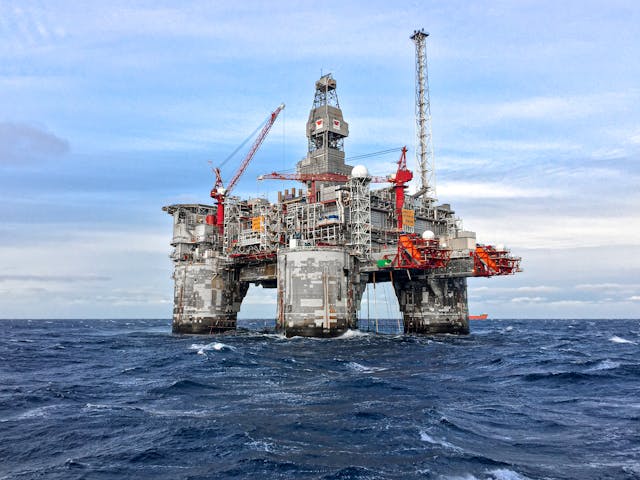Oil and Gas
Conduct pipeline inspections efficiently with drones to ensure worker safety and maintain data accuracy
Empowering Gas & Oil Inspection with latest Drone Technology
The oil and gas industry, built on integrity and precision, involves the extraction of resources from both onshore and offshore sites. This sector relies heavily on extensive inspections, thorough investigations, and in-depth research to maximize efficiency and safety. With the evolution of modern technologies, the integration of Unmanned Aerial Vehicles (UAVs) has revolutionized industry operations. Drones, equipped with advanced imaging and thermography capabilities, enhance inspection accuracy, minimize downtime, provide precise measurements, and capture high-quality aerial visuals, making them an indispensable asset for oil and gas exploration and maintenance.
Application of Drones in Oil and Gas Industry
The integration of drone technology has redefined the way the oil and gas industry conducts monitoring and inspections. As a widely recognized innovation, unmanned drones significantly enhance the ability to assess and oversee critical infrastructure, ensuring safety and efficiency. Their versatility makes them an indispensable tool across all facets of the sector, providing real-time data, minimizing risks, and optimizing operational workflows.

Chimney/ Smoke Stack
Drones significantly reduce human risks in chimney and smoke stack inspections by providing a safer and more efficient alternative. Equipped with advanced lighting, thermal cameras, sensors, and precise data review capabilities, drones offer accurate measurements and valuable insights. Their ability to access hard-to-reach areas and lower inspection costs further reinforces their effectiveness as an essential inspection tool.

Storage Tanks
Drones revolutionize internal storage tank inspections with detailed and automated image recognition, delivering precise data for analysis and review. By minimizing human risks, they enhance safety while also reducing downtime and operational costs. The efficiency and accuracy of drone-based inspections make them a cost-effective solution for maintaining storage tanks.

Offshore Rigs
Offshore oil rigs and mines pose significant risks due to hazardous environments, oil leaks, operational delays, and equipment damage. Traditional inspection methods can be tedious and dangerous, making drone technology a game-changer. Drones provide comprehensive surveillance and analysis of offshore oil platforms, monitor oil leaks and gas emissions,enhance security and more efficient operations.

Refinery
Oil refineries, a crucial component of the oil and gas industry, require continuous monitoring and inspections. Thermo-sensitive devices are essential for detecting anomalies, and drones equipped with thermal sensors and aerial capabilities provide an optimal solution. Their ability to navigate freely, reduce risks, lower costs, and enhance efficiency makes them an indispensable tool for refinery inspections.
Benefits of Ninetron Tech Drones in Oil and Gas Industry
Quick Evaluations
Oil and gas inspections using drones are fast and efficient, even in areas that are difficult to access with traditional methods.
Frequent Evaluations
Drones enable more frequent and comprehensive inspections, improving asset longevity and maintenance planning.
High Resolution Data
Drone inspections provide detailed and accurate data, allowing companies to identify defects proactively, reducing power outages and repair costs.
Cost-Efficiency
UAV inspections cut costs for oil and gas companies by eliminating expensive scaffolding. Drones enhance efficiency, reducing turnaround times and saving days in the inspection process, improving overall operational performance.
Increased Accuracy
Drones minimize errors and omissions in oil and gas inspections while significantly reducing the time required to collect data. The high-resolution images and videos captured ensure precise and reliable analysis.
Harm Reduction
By deploying UAVs in hazardous areas, oil and gas companies protect workers from dangerous conditions, reducing risks and enhancing overall safety in inspection operations while improving efficiency and minimizing the need for human intervention.
